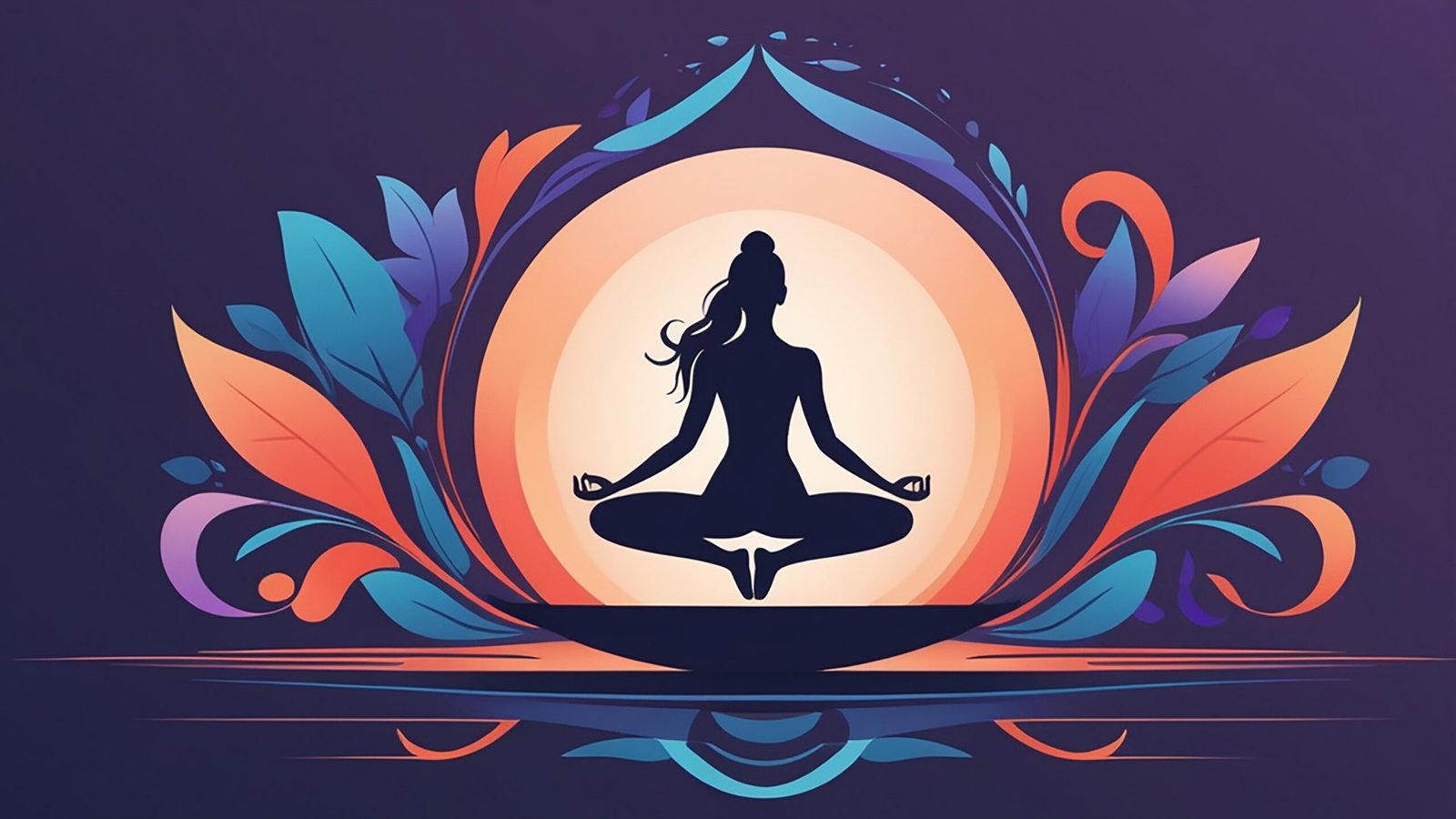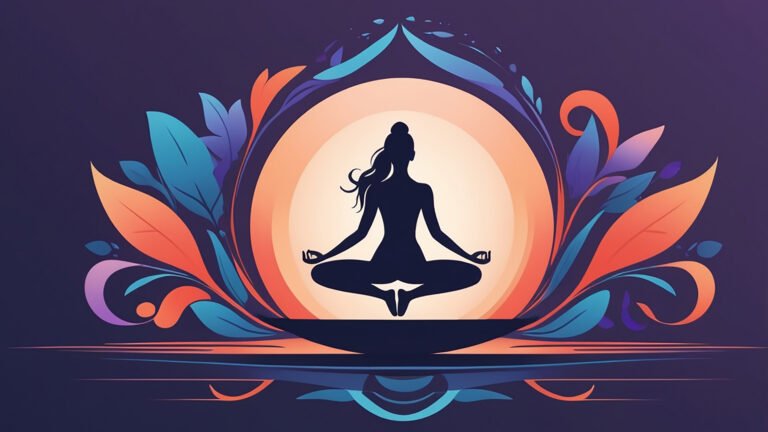— Introduction :
To dissolve without dying. To lose the ego without losing the self. This is the subtle offering of Moorchha Pranayam, the “fainting breath.” The Sanskrit word Moorchha means “fainting” or “swooning,” and this advanced practice leads the practitioner into a trance-like state of stillness — hovering at the edge of consciousness without complete loss of awareness.
Unlike common pranayams, Moorchha is not focused on oxygenation or energy stimulation. Instead, it invites a controlled withdrawal of the senses (Pratyahara) and the subtle stilling of the ego-mind. This pranayam is rarely taught to beginners, as it can induce light-headedness or semi-unconscious states, and thus must be approached with respect, silence, and spiritual preparation.
In ancient yogic texts, Moorchha is listed among the higher Hatha Yoga Kumbhakas, meant for those who have mastered bodily functions and internal energies. It brings an ethereal state of surrender, which yogis describe as “living samadhi” — a temporary suspension of the self in the lap of silence.
In the right hands and under the right guidance, this pranayam becomes a mystic gateway, revealing that true strength lies not in control — but in release.
— Step-by-step Instructions :
- Sit in Padmasana or Siddhasana in a calm, quiet room
- Close your eyes and relax your body completely
- Inhale deeply through the nose, slowly filling the lungs
- Apply Jalandhara Bandha (chin lock) and Mula Bandha (root lock)
- Hold the breath (Antar Kumbhaka) with full awareness
- Stay in this state until you begin to feel lightness or a faint sensation (without actual loss of consciousness)
- Slowly release the bandhas, raise the head, and exhale gently
- Sit quietly for a few breaths before repeating
- Practice only 2–3 rounds, always under guidance
— Physical And Mental Benefits :
- Induces a state of deep inner stillness and trance-like calm
- Enhances Pratyahara, the withdrawal from the senses
- Reduces mental restlessness, ego reactivity, and emotional instability
- Awakens higher psychic awareness and intuitive insight
- Temporarily silences the default mental narrative
- Balances the subtle pranic currents beyond the physical breath
- Useful in preparing for Dhyana (meditation) and Samadhi
— Precautions to Keep in Mind :
- Should never be attempted by beginners without guidance
- Avoid if you have heart disease, epilepsy, low blood pressure, or fainting disorders
- Not suitable during pregnancy or menstruation
- Always practice seated on the floor with a soft base and proper supervision
- Discontinue immediately if you feel disoriented, dizzy, or anxious
- Do not perform after meals or during emotional imbalance
- Ensure stable mental health before attempting
— Beginner’s Tips :
- Start with mastering Ujjayi and Kumbhaka before attempting Moorchha
- Practice only in a safe, quiet, and private space
- Keep a teacher or companion nearby during the first few sessions
- Focus entirely on the sensation of release, not force
- End the session with Shavasana or Bhramari to stabilize
— Best Time to Practice :
- Early morning during Brahma Muhurta (pre-dawn)
- Always on an empty stomach and after all other kriyas
- Best done before meditation, not after meals or exertion
- Avoid during heat, fatigue, or emotional intensity
— Advanced Variations :
- Combine with Agya Chakra concentration during retention
— Wrapping Up :
Moorchha Pranayam is not for the body — it is for the soul. It is the breathless breath, the conscious surrender into unconscious stillness, a sacred swoon into the arms of the eternal. For the advanced yogi, Moorchha becomes a threshold — where ego fades, mind dissolves, and only awareness remains. Not a breath of force, but of forgetting… and remembering the Self.

